By Gary Williams
When people get together there often is a commonality of shared experiences, culture, dialect/language and even sense of humor. I think all people can identify that origin can matter in different ways.
My previous career stretched 32 years of directly supplying grains and oilseeds to tofu makers, distillers, large swine and poultry feeders, processors and flour and feed mills. I saw repeatedly that origin can matter greatly in results, confidence and assurances.
I find myself today working for Northern Soy Marketing (NSM), an organization formed solely because the origin matters.
The U.S. grain system is efficient and essential. It allows farmers to grow crops with varying quality and output traits to then be collected at a fair price to the farmer and blended to meet a specification of contract. The wider the catchment area for a commodity, the more varied the value to reach a homogenous minimum contract standard. The South American system, from my experience, has less reliability in transportation and timing, but operates on the same basis of blending varying qualities from a large catchment.
At a certain point in time, agronomists and scientists started to note the differences and averages that could be found in a specific region of production. In the case of feed value, the level of metabolizable amino acids, sugar content/energy and factors such as acid levels and storage temperature could be identified and studied. For example, researchers found as they accumulated data, on the surface the total protein might not be “high,” but within that attribute, the essential amino acids – which were the component of protein that mattered – were elevated in side-by-side comparison.
As a supplier, I realized these types of distinctions could make the difference for my customers to thrive based upon bottom line profit, their competitiveness in their market for share and the health/satisfaction of animals and humans. When animals and humans feel better, they tend to thrive. “Happy hogs are fat hogs.”
The structure of transportation in the U.S. also lends the feed buyer another advantage – the origin of soybeans that carry these valuable differences are grown in Northern Plains states. States such as Minnesota, where these higher value soybeans are grown, have the option of being railed to export terminals in Oregon and Washington, transported by vessel on the Great Lakes or on the Mississippi River to the south. They can also reach a crush facility first and the meal transported to Oregon and Washington can go for export.
When the soybeans or soymeal moves south, the origin difference is lost in the “blend.” But, when buyers purchase the ingredient executed from the Northwest U.S., they can take advantage of the origin of these crops – a region that produces higher value for the feeder. They also benefit from this being the only region soybeans are stored, like in South Dakota, in “cold storage” naturally for more weeks before being transported to tropical Southeast Asia as soybeans or soymeal. Feeders already know that freshness matters – in maximizing nutrition benefits and palatability.
Additionally, knowing the origin of these soybeans means the exporter and processor have more oversight and knowledge of the quality, issues and integrity of the product they sell. Should an issue develop, the handling system of northern grown soybeans is more traceable, and buyers can have greater confidence of issues being addressed.
As I look back over 32 years, origin has always mattered in what I chose to do in supplying food and feed ingredients – whether a coffee sourced from specific elevations of a specific country for its flavor profile, rye with the traits that distillers valued to create a spiciness and bite in whiskey, soybeans that produce the best tofu or ingredients that better assure healthy dog food. We are learning today that where a natural ingredient is grown and the advantages those natural ingredients have over ingredients synthetically produced as expressed in human and animal health, have much more importance than previously thought.
I now have an amazing opportunity as Executive Director of NSM, representing farmers in the origins that produce the highest value of soybean meal that will most benefit international feeders. I am struck by the nobility of this purpose and the impact we can have in connecting these two ends of the supply chain for an important result.
To say that I am enthused about educating and promoting the advantage of northern grown soybeans doesn’t begin to express the excitement, and the growing passion I have developed quickly in this role to once again speak the message “origin matters.”


